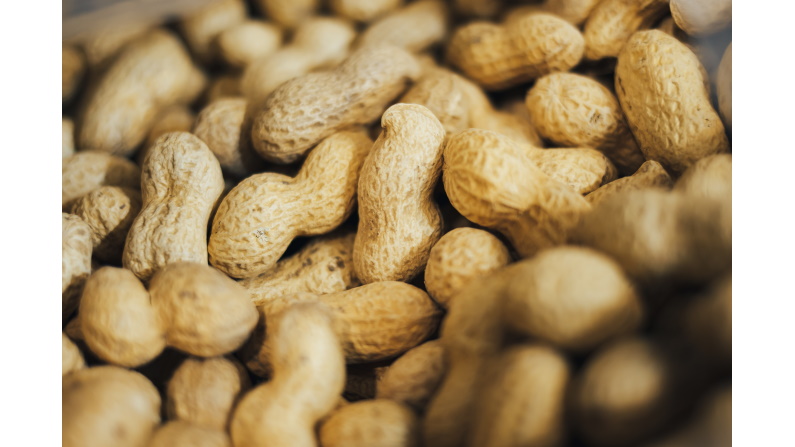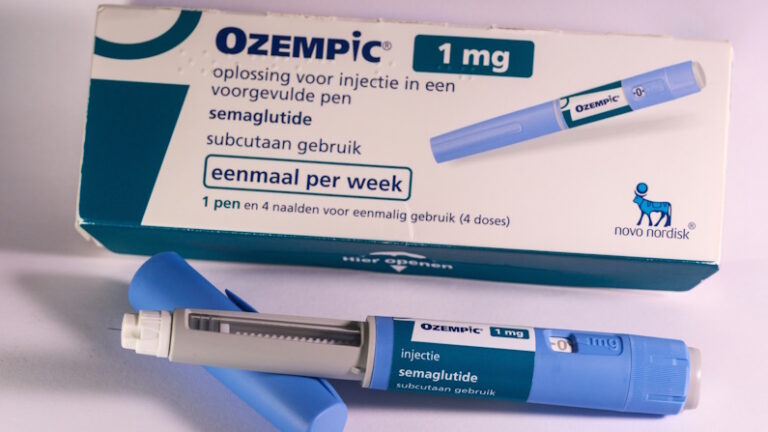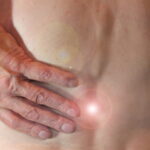When it comes to getting rid of peanut allergies, this nuisance not only still persists, but has been on the rise in the last decade. While multiple studies have ensued, most have pretty much failed. Still, academic and clinical researchers refuse to throw in the towel, because some clinical trials have yielded interesting results that may likely still be pursued.
Earlier this year, the FDA approved Palforzia to mitigate allergic reactions in children. Doctors can now initiate Palforzia in kids ages 4 through 17 years with a confirmed diagnosis of peanut allergy. Unfortunately, those who take Palforzia must continue to avoid peanuts in their diets.

Another Drug for Peanut Allergies: Etokimab
A study at Stanford University used an injection of AnaptysBio’s anti-IL-33 antibody, etokimab, which showed the potential to prevent peanut allergies.
Etokimab works by blocking interleukin-33 (IL-33), an immune-signaling molecule. The allergic reactions occur when IL-33 activates an antibody called immunoglobulin E manifesting in mouth itchiness, hives, breathing difficulties, and anaphylactic shock.
This drug was originally being studied for eczema, but the phase 2b trial failed. Still, academic researchers took an interest in its ability to combat inflammation. It was suggested that an injection of the antibody may be able to fight the inflammation caused by peanut allergies. So they performed clinical trials led by the study’s senior author, Kari Nadeau, MD, Ph.D.
The trial consisted of 20 people with severe peanut allergies. Researchers published the results this past November:
- 11 of 15 patients (73%) who were taking etokimab were able to tolerate 275 mg of peanut protein (equivalent to one peanut), after two weeks
- None of the patients who were in the placebo group could tolerate anything
According to Nadeau, etokimab could let people with severe peanut allergies eat peanuts two weeks later. What’s great is that severe peanut allergy sufferers don’t need to worry about eating peanuts in hopes of becoming desensitized. They simply take the antibody treatment and consume it normally a couple of weeks later.
While the company decided to place the clinical development of the antibody lower on the list, they’re still considering trials. Since AnaptysBio backed out of etokimab’s developments, researchers will likely hop onto a larger trial to identify biomarkers. This way they can see what the best dosing regimen might be.

Getting Rid of Peanut Allergies: Other Studies
The competition for finding the cure for peanut allergies is certainly on the rise. DBV Technologies just had its biologics license application accepted by the FDA for Viaskin. Their clinical trial results were as follows:
- 8 clinical trials examined the use of Viaskin Peanut, where 4 were phase 2 and 2 were phase 3
- The trial involved 238 pediatric patients who received 250 mcg Viaskin over the course of 12 months
- Investigators observed a 35.3% responder rate with the treatment
- Only 13.6% in the placebo group responded
Scientists also announced an exciting oral immunotherapy just a couple of months ago. It’s a capsule with a minuscule amount of pharmaceutical-grade peanut protein. It’s like traditional oral immunotherapy, but this study gave us a slightly better outcome. In a double-blind phase 3 clinical trial, 76.6% of children reached a daily maintenance dose of 300 mg (the equivalent of one peanut).
People with allergies have tried traditional oral immunotherapy before: eating tiny, gradually escalating doses of triggers. Doctors do this in hopes of desensitizing individuals to the allergens over the course of six months to a year. Unfortunately, it can still cause allergic reactions, even anaphylaxis. Also, the approach often requires a long preparation period to reach tolerance.

Peanuts are one of the most common allergens today. People report them frequently in Australia, Western Europe, and in 0.6% of the United States population. While epinephrine has reduced severity, these developments could play a vital role in coming up with a cure for allergy sufferers.
Let’s see which therapies prevail by the end of this year.
For more information on peanut allergies, visit https://www.foodallergy.org/living-food-allergies/food-allergy-essentials/common-allergens/peanut.







